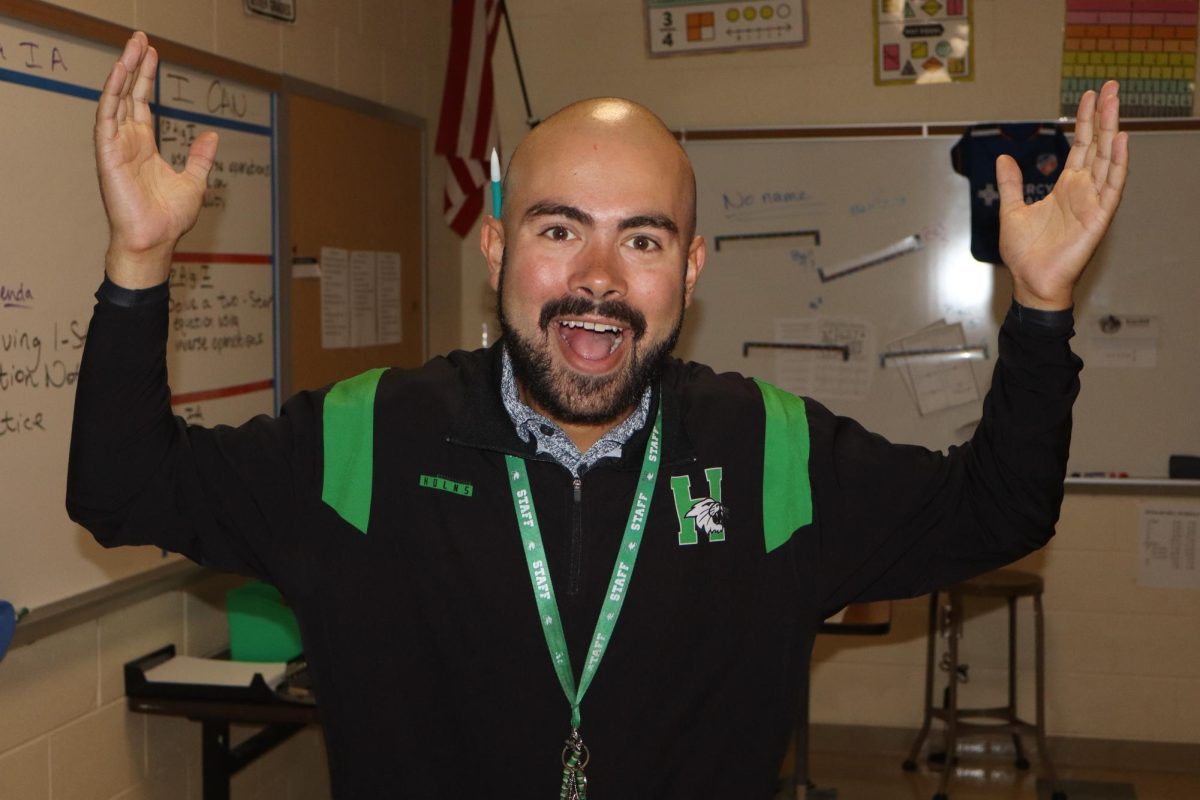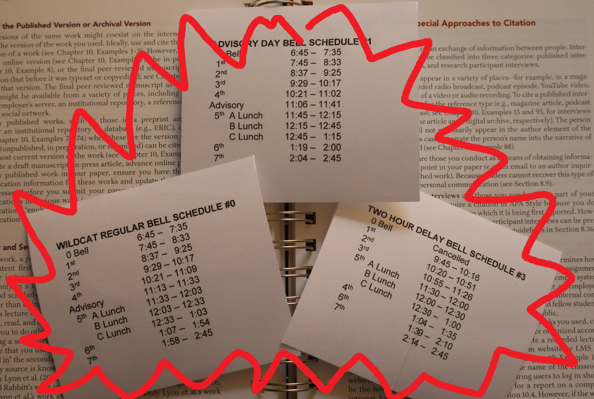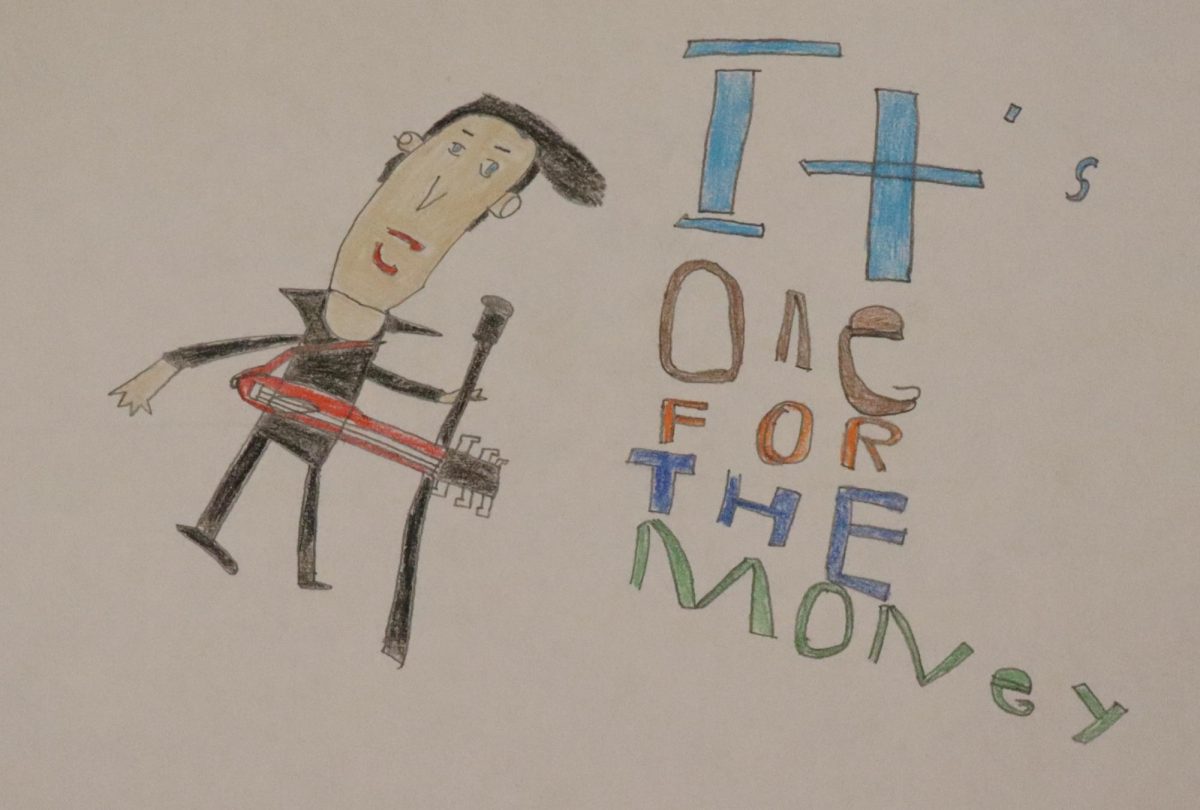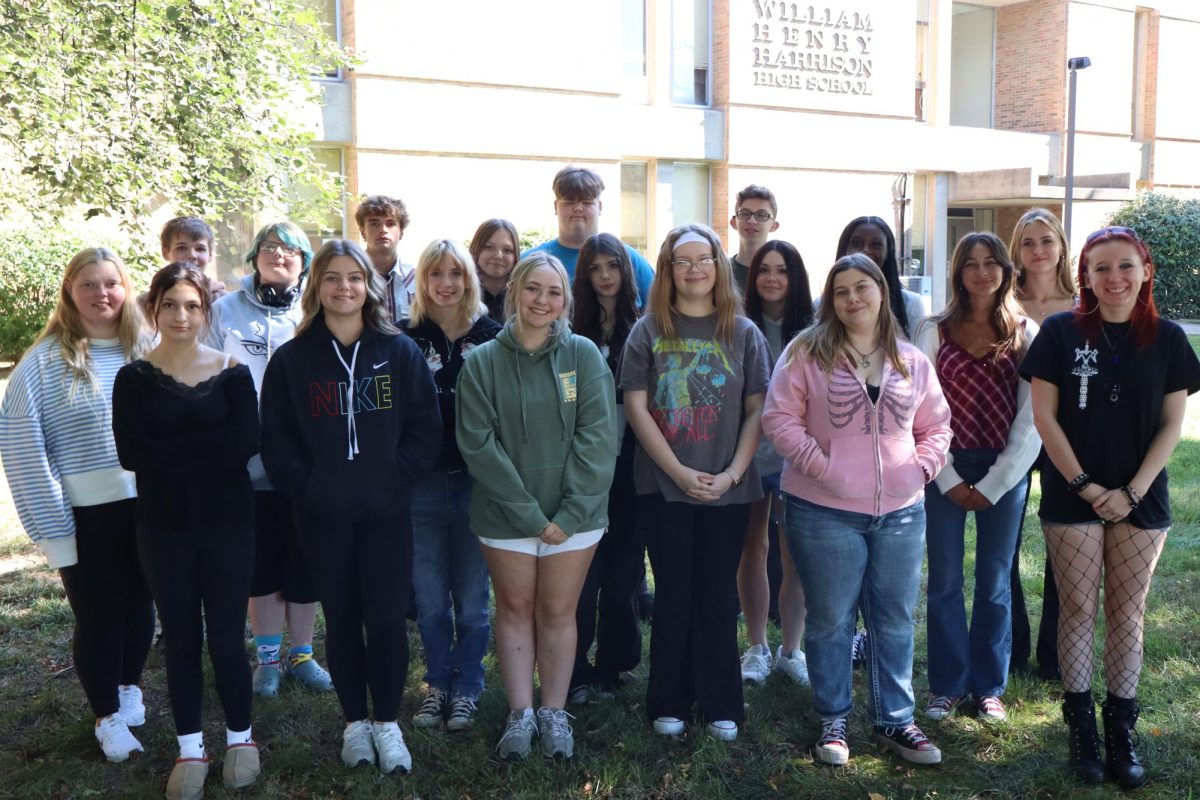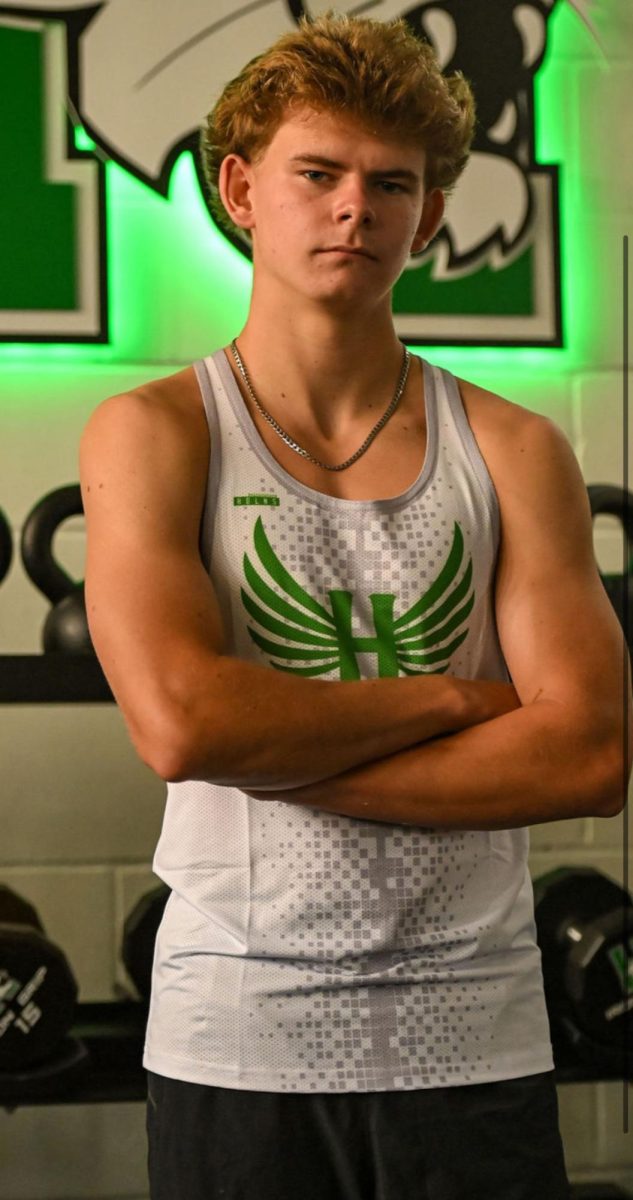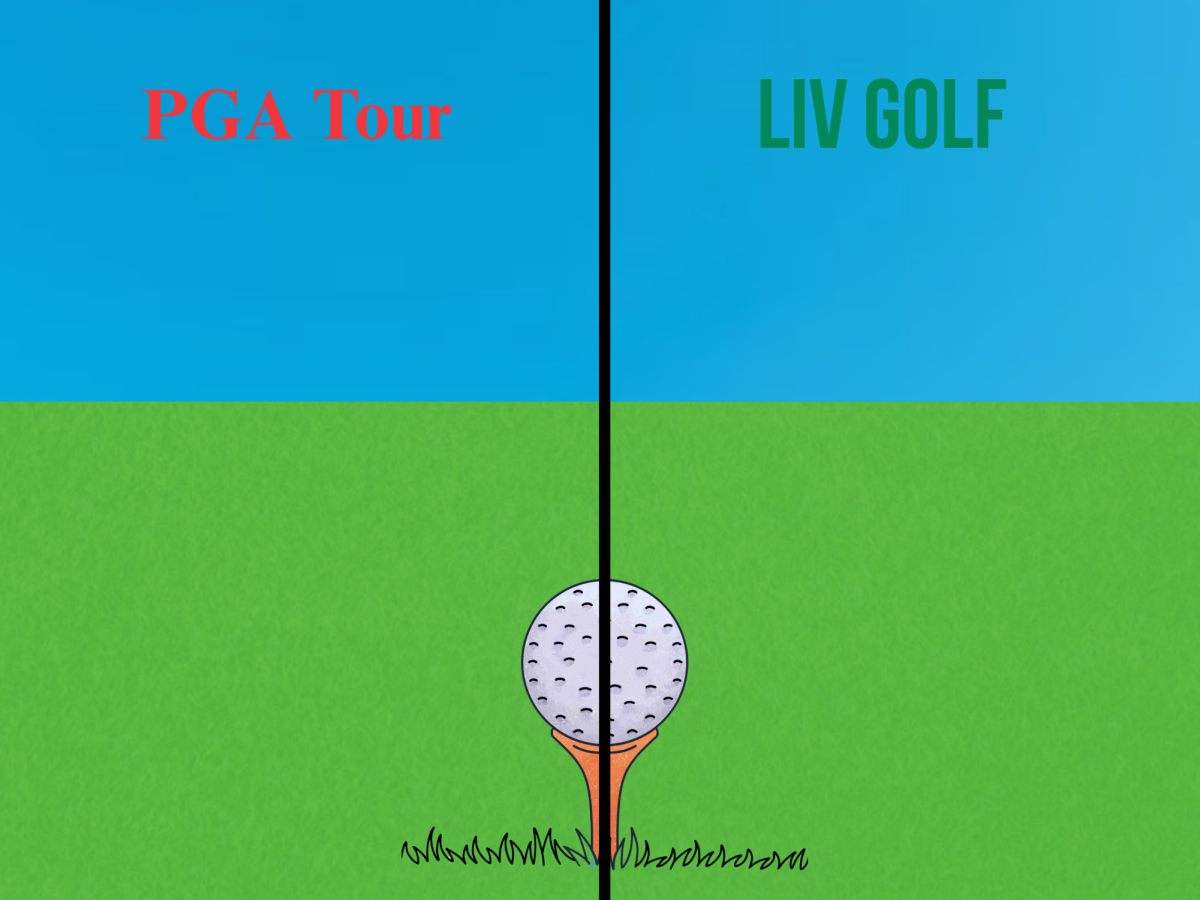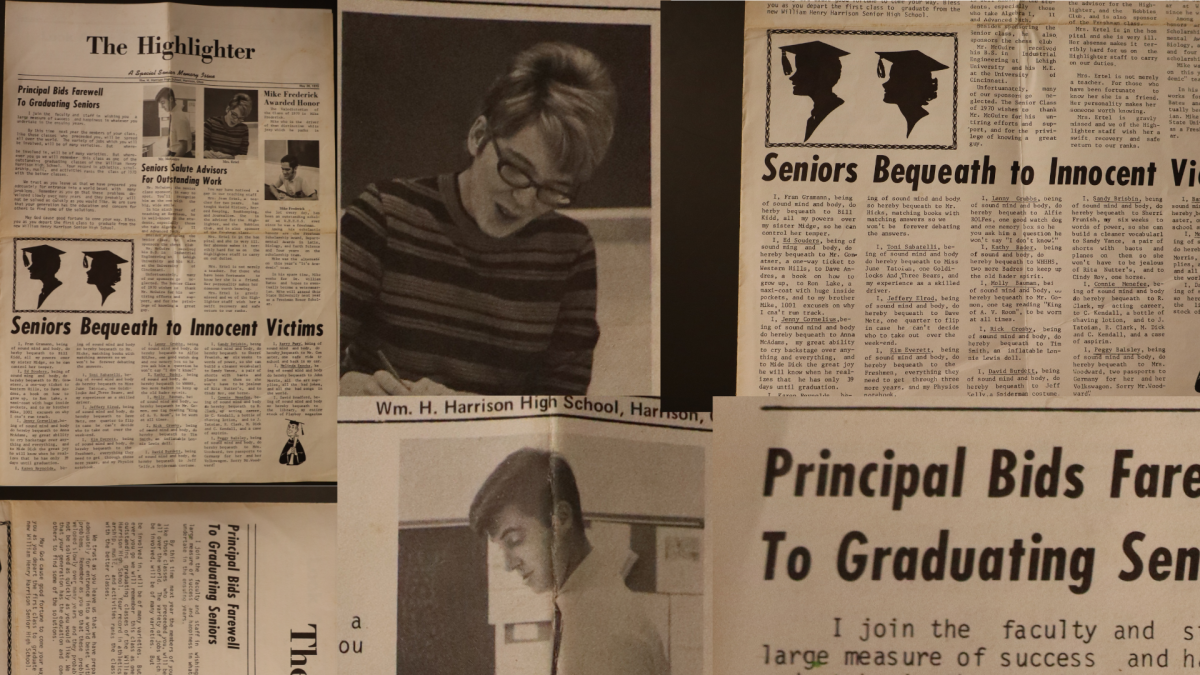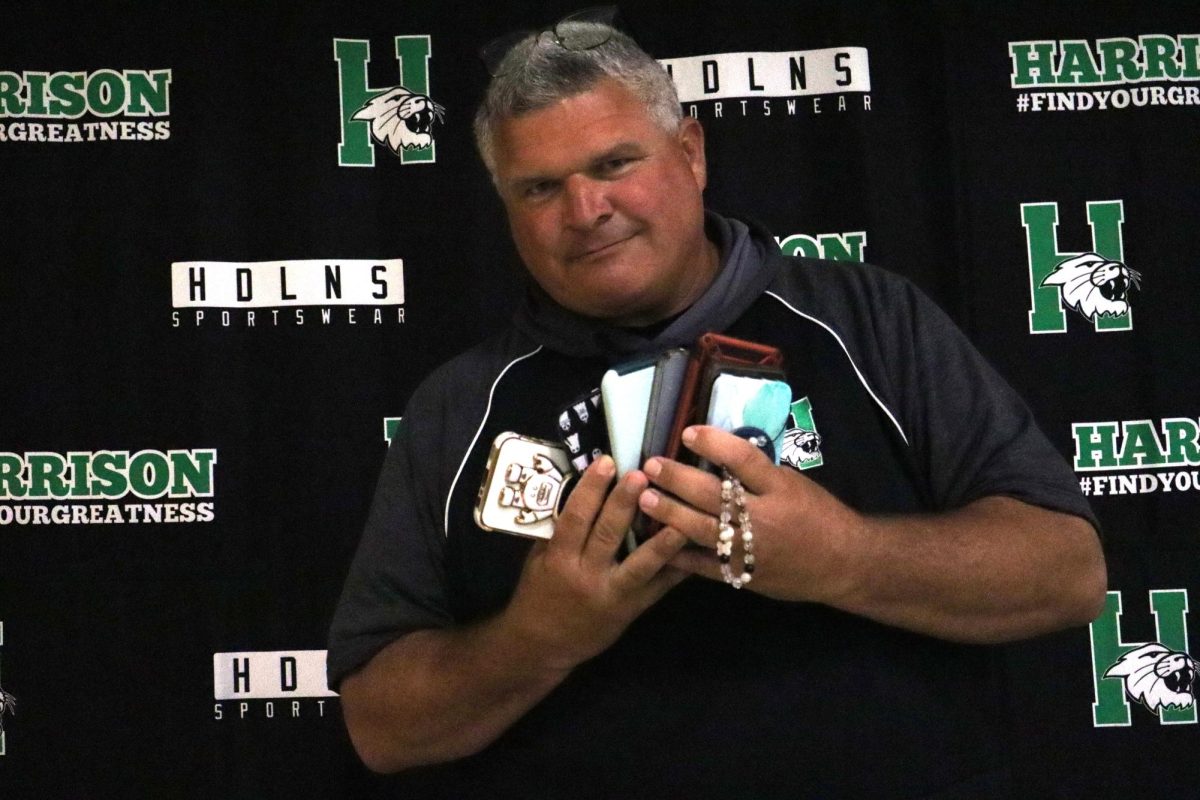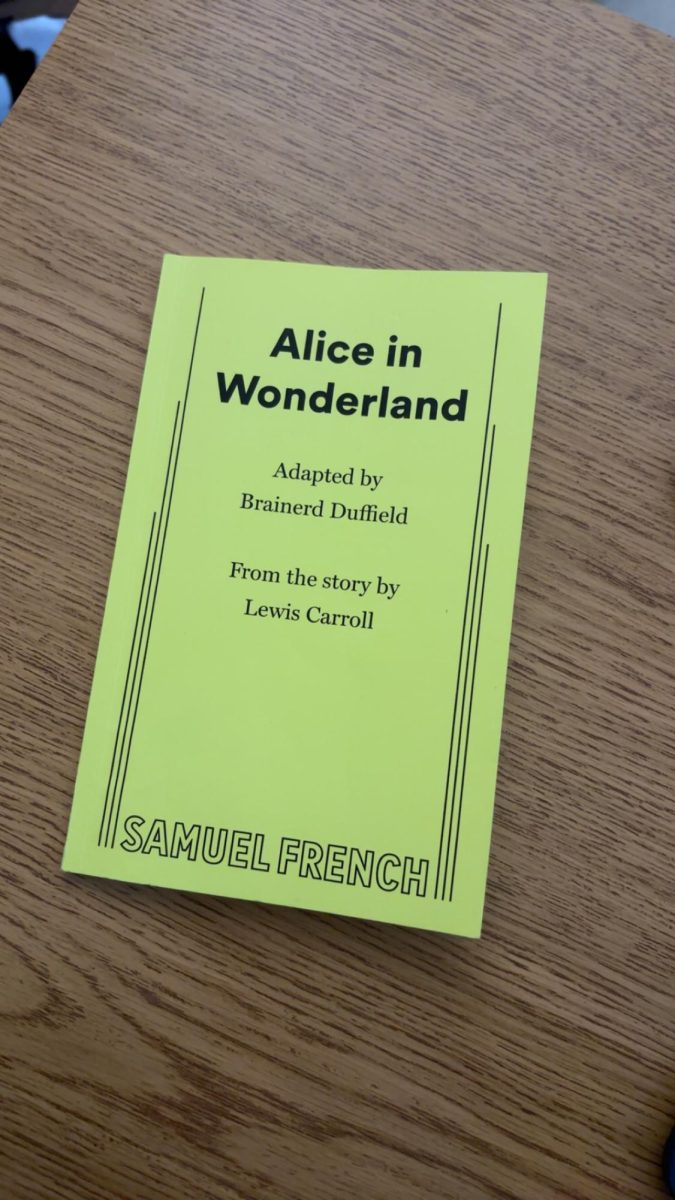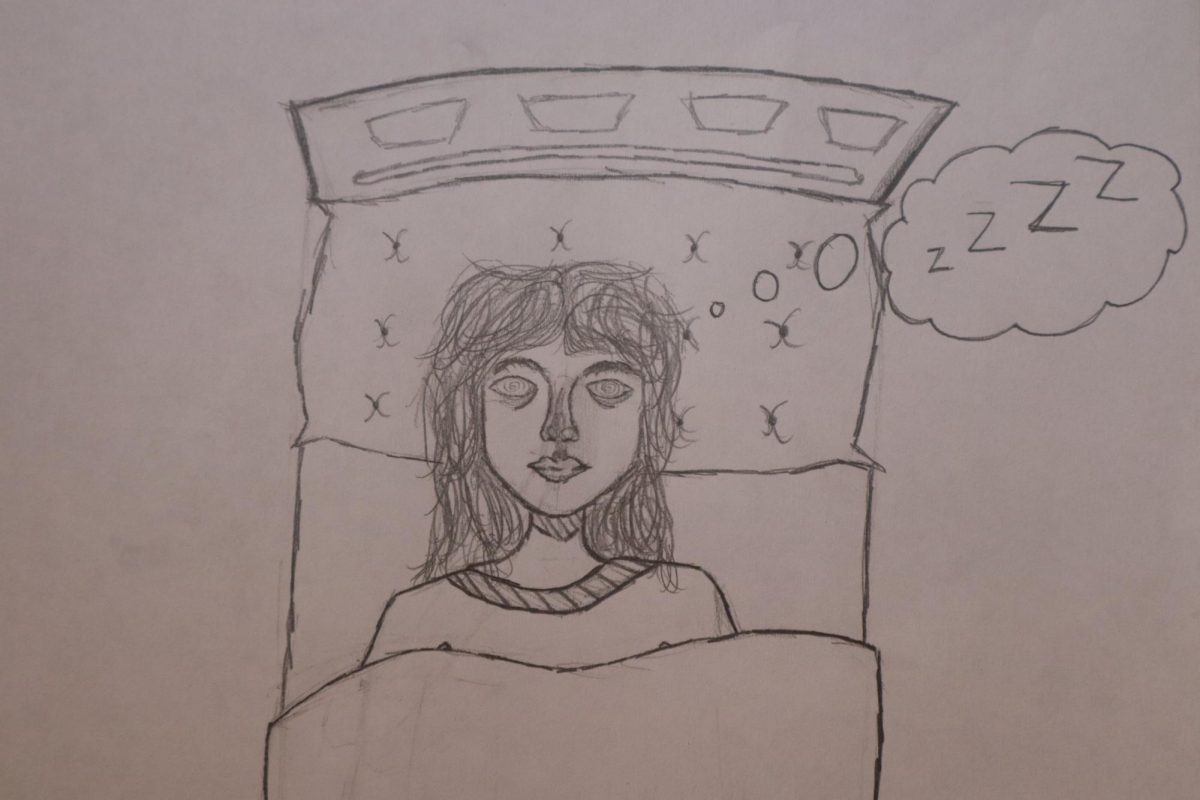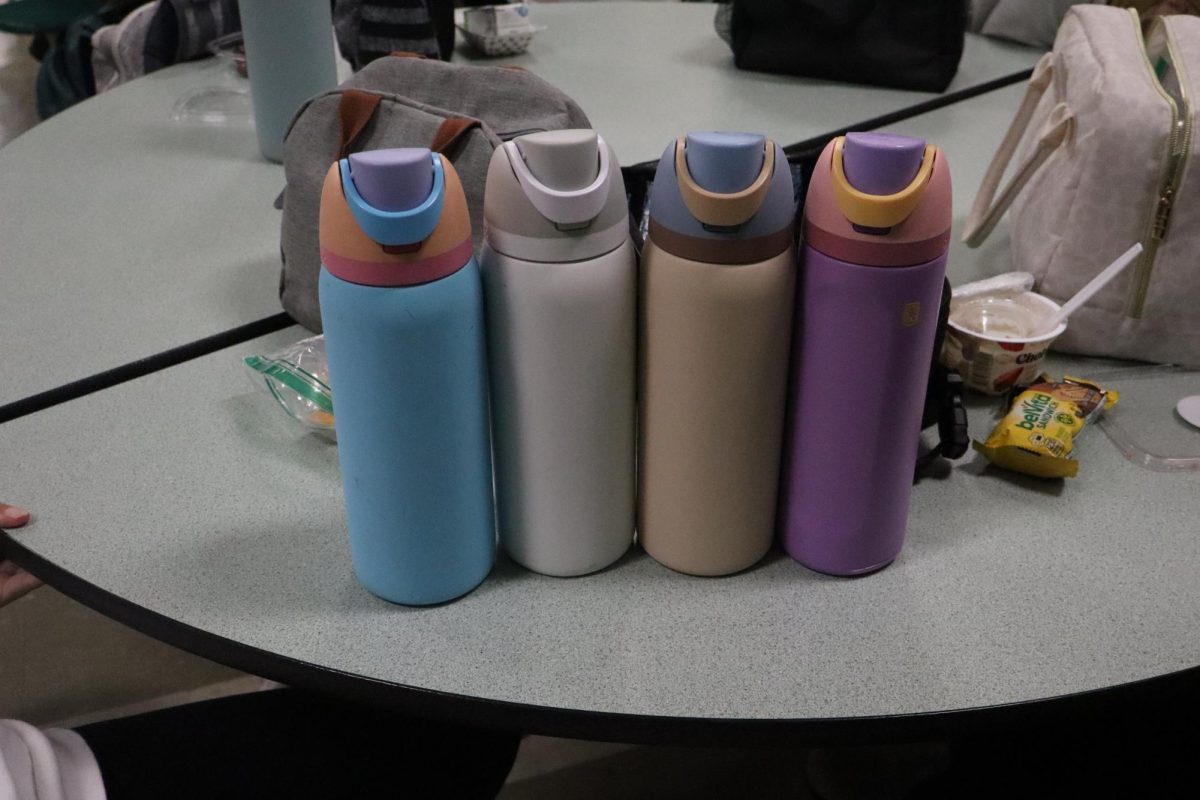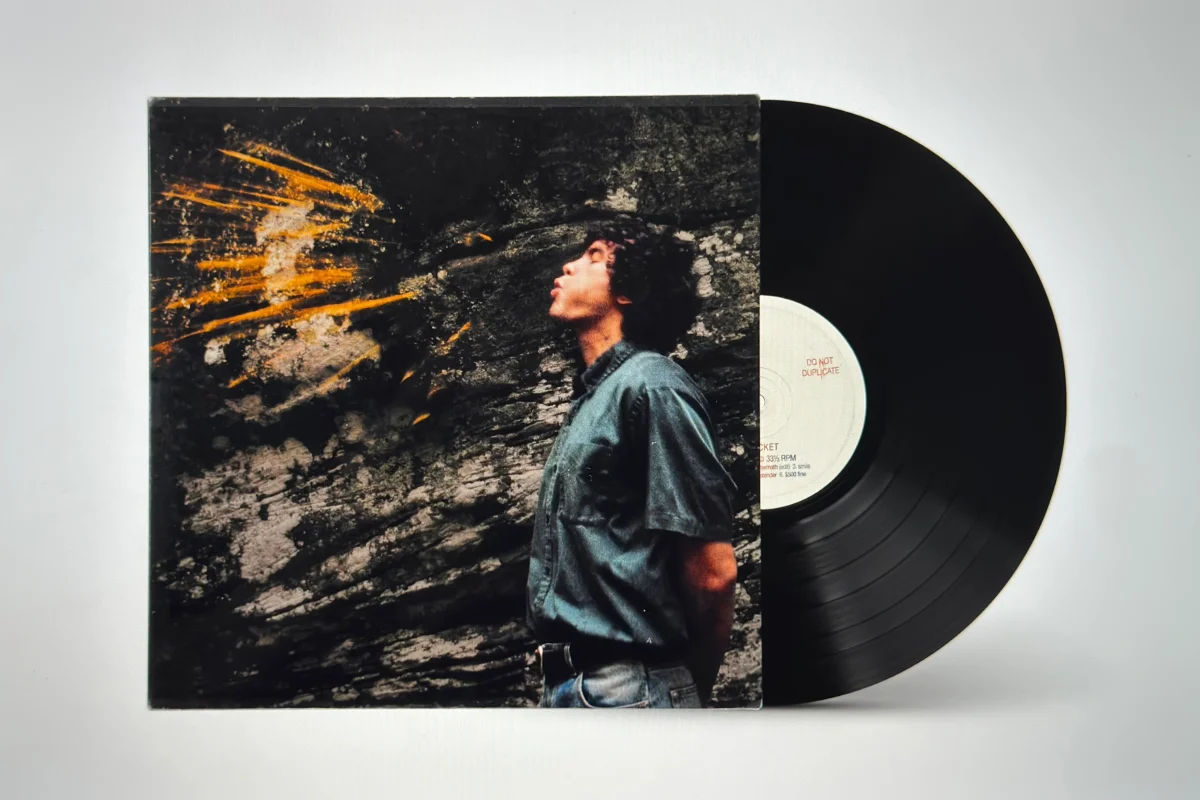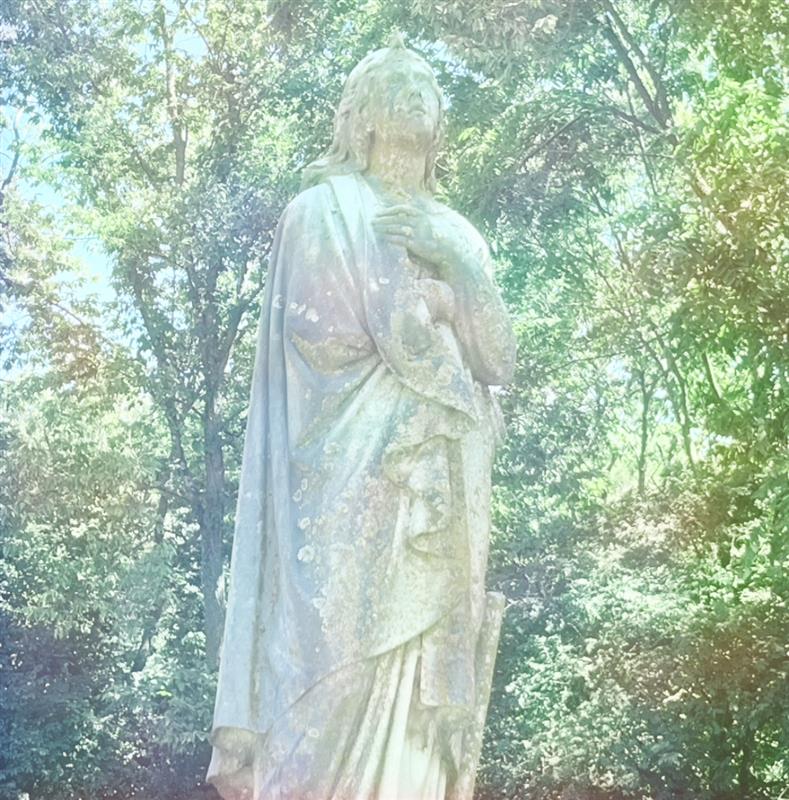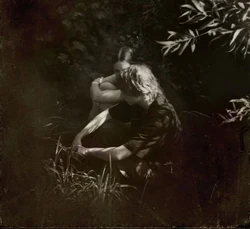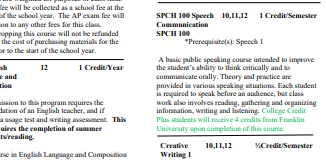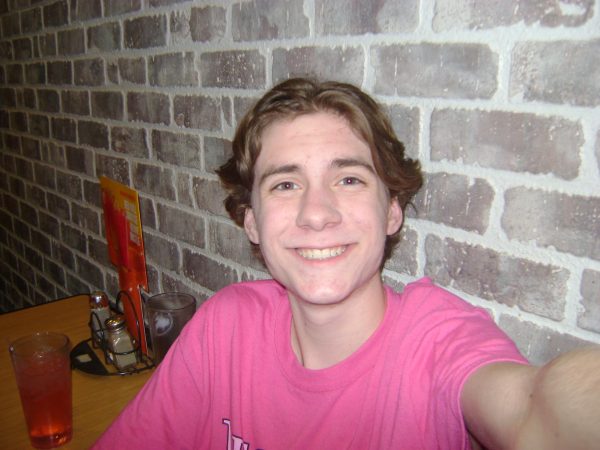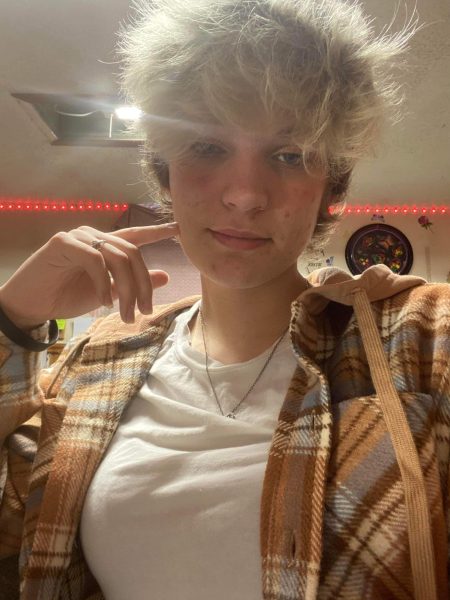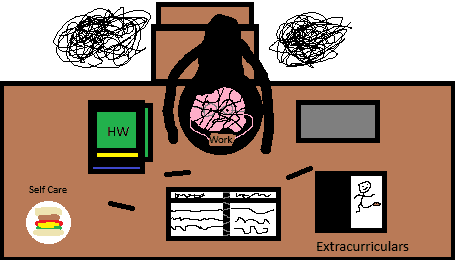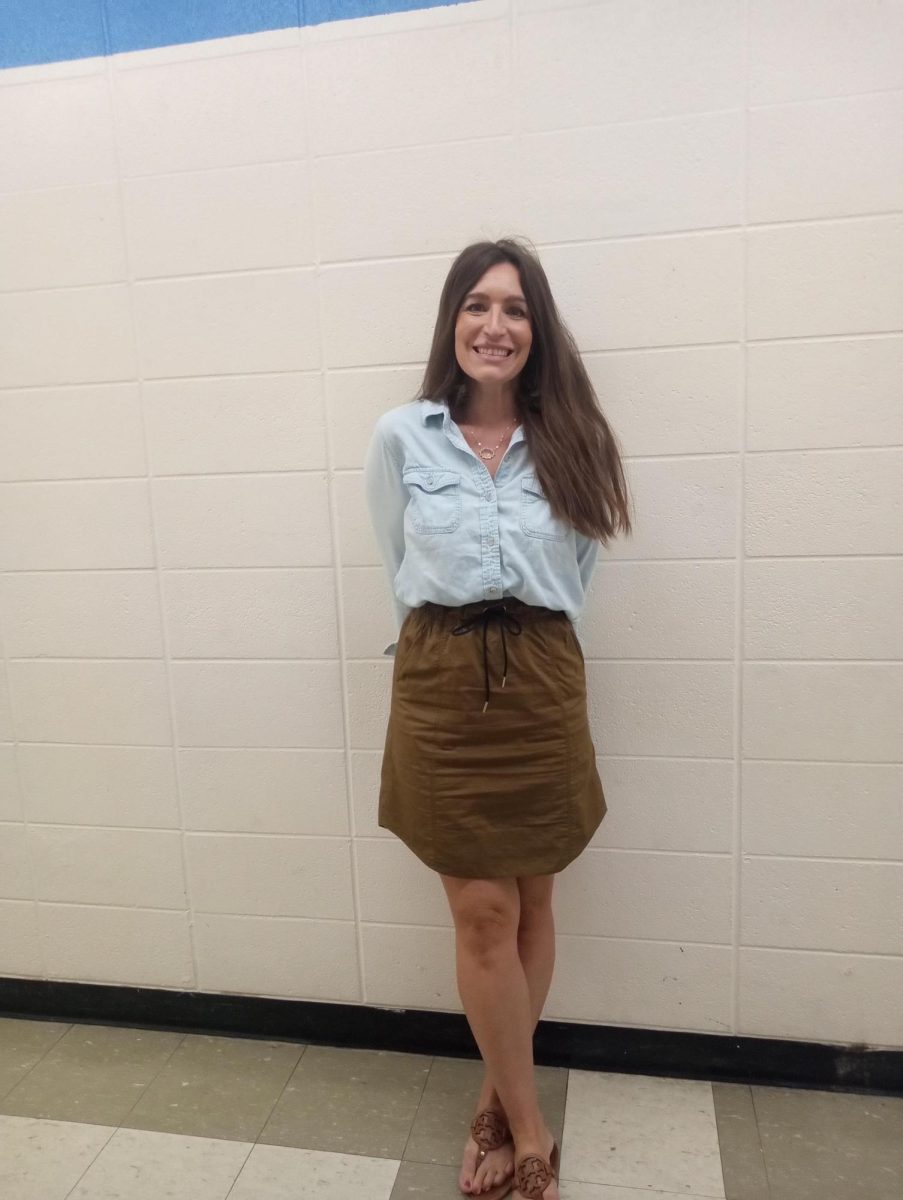Class registration for students is here, and whether you’re an incoming freshman, or a junior ready for your last year in high school, there may be some elective classes you don’t know about. Let’s go in depth on some of the electives Harrison has to offer and what they are about!
Sociology, taught by Mr. Eric Meyer, is a semester elective that teaches the basic concepts of the study of society and the impacts on individuals. During the class, you will discuss topics of race, gender, culture, and class, while also discussing societal problems such as discrimination, crime, poverty, and other topics of importance that stem outside of the classroom. A semester of this class counts as a social studies credit for a both the normal and honors diploma.
Cincinnati History, taught by Mr. Chris Baird, is a semester elective that covers the history of the Queen City, all the way down to the local level of Harrison. The class includes field trips to the Great American Ball Park and guest speakers as part of its curriculum. A semester of this class counts as a social studies credit for an honors diploma.
Digital Photography, taught by Ms.Tara Keller, is a semester course covering the basics of creative expression within photography and composition. In Digital Photography 2, which includes Digital Photography as a prerequisite, you utilize digital programs to manipulate and further enhance your photography. This course counts as an art credit.
Creative writing 1 and 2 taught by Mr. Eric Weber are semester courses covering the basics of poetry and how to be creative with your writing. During the class you will be writing in a journal everyday you will write some poems and even define some vocabulary.
Chef Basics and Creative Cuisine, taught by Chef Judy Walsh, are semester courses covering the basics of cooking new foods. You also learn about nutrition, dieting, and other aspects of being healthy in the food world. You will write about the history and other things about food in a journal. There are demos where you are shown how to make the food and then you will most likely get to cook as well.
Forensic Science, taught by Mr. Scott Menze, is a semester-long course covering the history of forensics, types of evidence and analysis used in crime scenes, and other methods of investigation. An important part of the course is analysis of hair, fingerprints, fibers, DNA, blood, and what happens to a body after death in a series of labs. There will also be discussion over forensic careers. A semester of this class is half of a science credit, and you must have a C or better in biology to take the class.
Anatomy and physiology taught by Mr. Scott Menze is a semester course that covers the basics of human anatomy. You will learn about bones, muscles, and the body’s systems. This course goes in depth about the heart and the abdomen, as you will get to dissect a sheep heart and a whole piglet. A semester of this course counts as half of a science credit.
Ceramics 1 and 2, taught by Ms. Kathrine Swartz, are semester-long art courses wherein you will learn the techniques of pottery, getting to go hands-on with both courses. Both courses also cover the history of ceramics around the world. For ceramics 1, you are required to have taken a basic art class, and for ceramics 2 you will have to have taken the first installation of the class. A semester of these courses counts as an art credit.
World War 2 and Holocaust History, taught by Mr. Todd Sams, is a semester course that covers over all things World War 2, going more in depth into battles, historical context, and other facets of such a diverse concept. A large portion of the class will also be spent covering the Holocaust. The course will involve written assignments, video clips, readings, technology usage and veteran interview projects. A semester of this course counts as half a social studies credit.
Physical Geology, taught by Mr. Dan Shields, is a full year course that explores the interactions and concepts of our geologic environment. It takes a deep dive into fossils, earthquakes and volcanoes. Students will also study minerals, rock types, energy resources and water resources as it relates to the geology of our planet. A pop culture component will also be included. A full year of this counts as a full credit towards science.
Astronomy, taught by Mr. Dan Shields, is a semester-long elective where you examine the universe, diving into planets, stars, and galaxies. Students taking the course have the opportunity to attend stargazing and other astronomical events. A semester of this course counts as half of a science credit.
Marine Science taught by Ms. Rachel Mallicote is a semester class that covers the basics of marine life and how it works together. It will go in depth about tectonic plates, waves, and sunlight. It focuses on marine life from sponges and anemones all the way to sharks and whales. Students even get the chance to take a field trip to the Newport Aquarium! A semester of this class counts as half a science credit.
Journalism, taught by Ms. Tricia Evanson, is a semester class elective where you write and manage for the school newspaper, allowing students to express themselves through writing on a school platform. You collaborate with others to brainstorm, write, edit, and publish articles.
Band, taught by Mr. Brian Egan, is a full year elective where you learn how to play a variety of instruments, and read music to play at concerts. The concerts are in December, March, and May. It is a 7th bell class only, and it counts as an art credit.
Wildcat Choir, taught by Ms. Anna Adams, is a full year elective where all voice parts get music, and sing at 4 concerts every year. Students pick up the skills to read, understand, and perform music with or without accompaniment. The class takes place during 1st bell, and it counts as an art credit.
Treble Cats, also taught by Ms. Anna Adams, is a full year elective focused on treble voices, as the only voice parts featured within the music are Soprano and Alto. Treble Cats goes into many of the same aspects of music as Wildcat Choir. It takes place during 2nd bell, and the course counts as an art credit.
Rock and Roll History, taught by Mr. Brian Egan, is a semester-long elective dissecting the principles of rock/pop music and what makes them so classic. A variety of notable solo artists and groups will be examined and linked to other historical American and global events from the 20th century through listening and historical study.
Yearbook, taught by Mrs. Jane Hinterlong, is a yearlong course where you will gather information, write, take pictures, and other things for the school yearbook. Students will meet before school in August to start working, and the class can go into June. The class requires an application for the course.
TV Production taught by Mr. Mike Morris is a semester class involving the real world study of television production techniques. Original programs will be produced and edited with an emphasis on “What’s Up Wildcats.” This class focuses on using proper camera shot composition, audio, lighting, computer editing techniques and graphics graphics. You will be able to do hands-on with high definition video camera production systems and computer applications. It takes place during place zero bell, so it’s a great class to take if you don’t have any additional bells available!
Classical Mythology taught by Mr. Eric Weber: in this semester course students will study about the religion of the ancient Greek and Romans. Students will look at myths as cultural phenomena and part of religion, also examining some other preceding and succeeding cultures and religions to see similarities between them. This also allows students to see changes over time in thoughts about myth, belief, and their effects on culture. A semester of this course will count as half a credit towards your elective requirement.
Ancient World Religion taught by Mr. Todd Sams is a semester class examining the historical evolution, the fundamental doctrines and beliefs, the practices, institutions and cultural expressions of religious traditions. This course also deals with some essential differences and similarities which exist among each religion. It is a semester class and counts as a half credit towards history.



